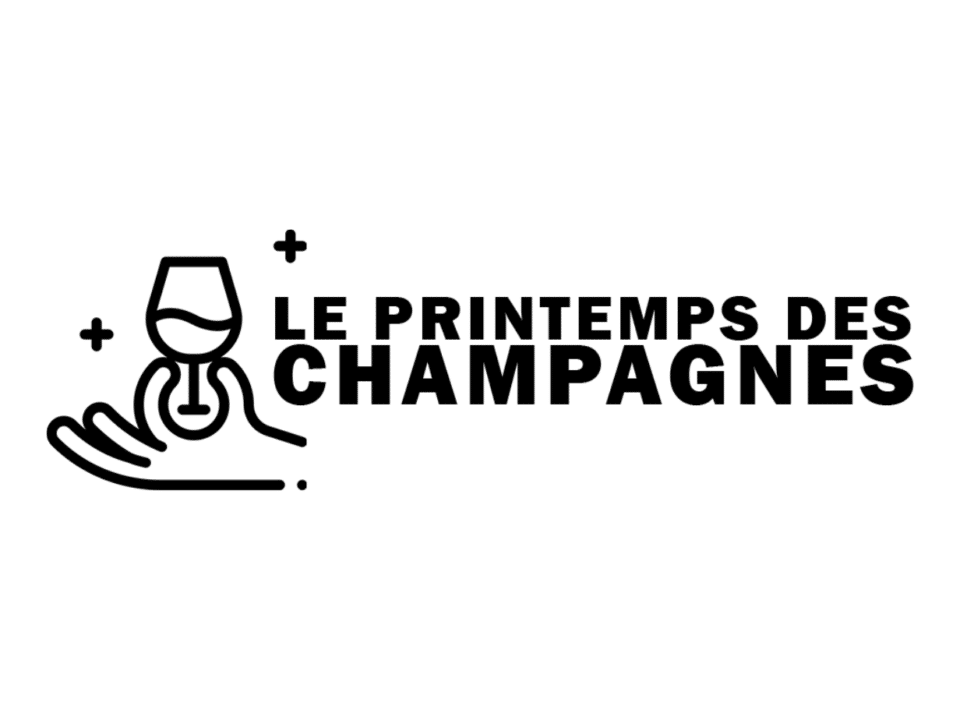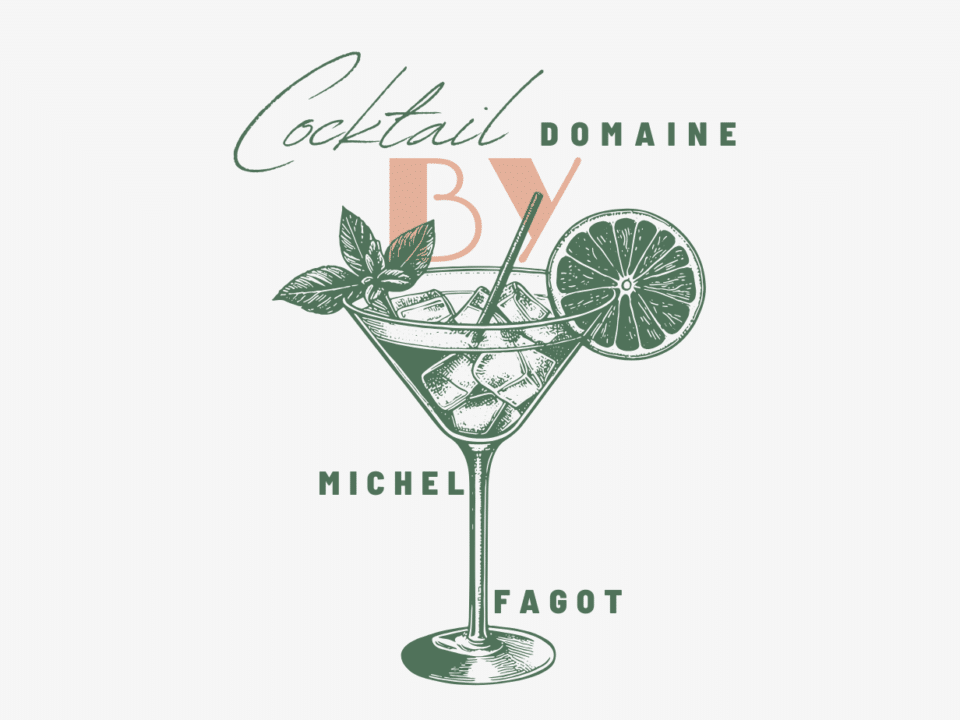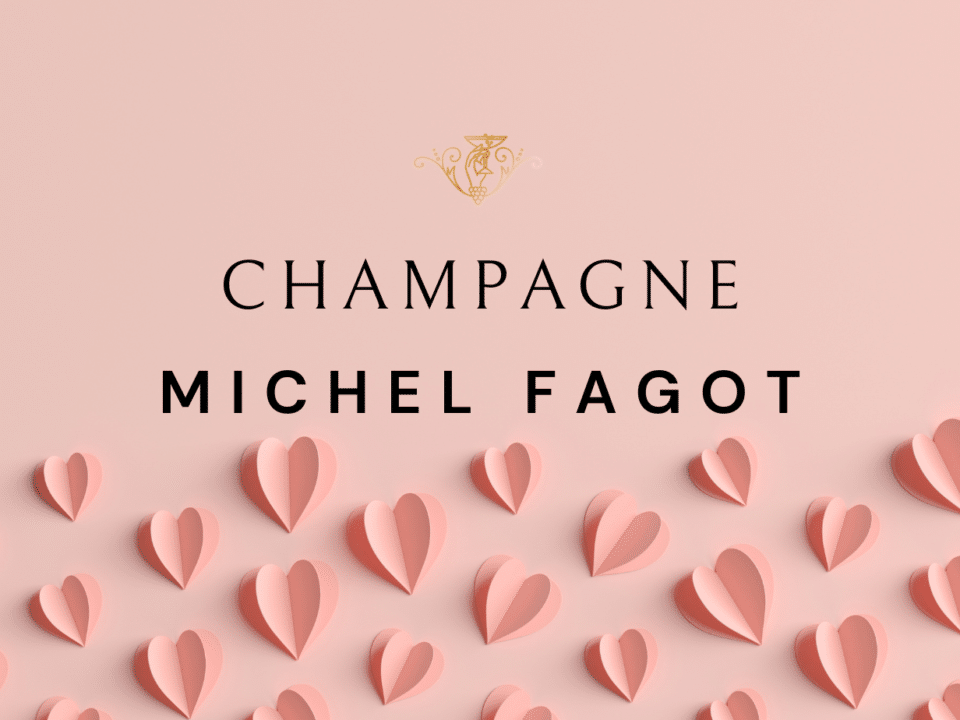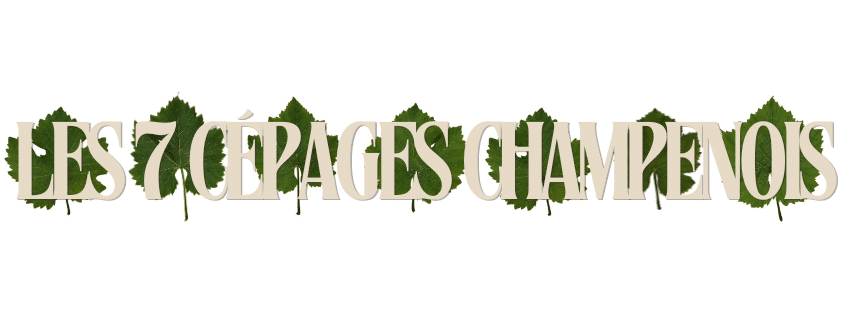
the 7 champagne grape varieties
The specifications of the Appellation d'Origine Contrôlée «Champagne» allow the use of only seven grape varieties on the terroirs of the Appellation:
le Pinot Noir, le Pinot Meunier, le Chardonnay, l'Arbanne, le Petit Meslier, le Pinot Blanc et le Pinot Gris.
WHO THEY ARE ?
[EXPLANATION]
CHARDONNAY
[54,993 ha cultivated in France]
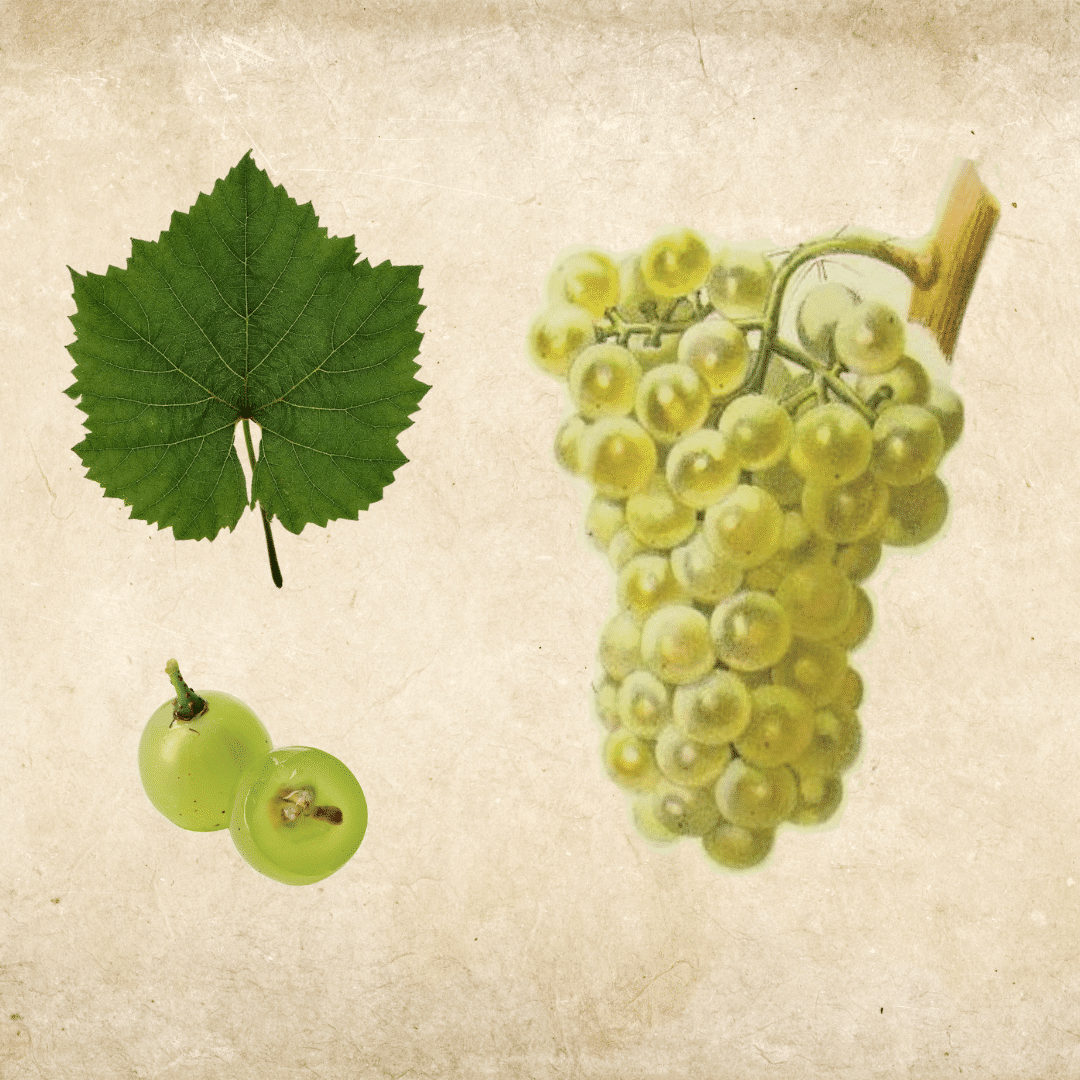
This white grape is widely grown in Champagne. It brings freshness, acidity and aromas of white flesh fruit to the wines of Champagne. Champagne wines made from Chardonnay are generally elegant, fine and endowed with a beautiful aromatic complexity.
The soils that are best suited to Chardonnay are moderately fertile soils with predominantly limestone or marl.
The sugar content of the berries of this grape variety can reach high levels, while maintaining high acidity. This is what makes it possible to obtain particularly well-balanced, powerful and ample wines.
The aromas of Chardonnay are typical, complex and intense (dried fruits, toasted hazelnuts, exotic fruits, butter) and this grape also lends itself well to aging and fermentation in barrels.
Chardonnay is sensitive to powdery mildew and strongly expresses phytoplasma yellows. At the end of maturation and in a situation of high vigour, the damage of gray rot can be significant.
PINOT NOIR
[36,727 ha cultivated in France]
One of the most important grape varieties of Champagne, Pinot Noir is a red grape variety. It brings structure, richness and aromas of red fruits to Champagne blends. It is also used to produce red and rosé base wines.
It is an old grape variety with a very high intra-varietal variability. Depending on the clones, the clusters and berries can be very small to large.
The potential for sugar accumulation of this grape is high for a just medium acidity and a color often not intense but likely to maintain over time.
Pinot noir is particularly suited to temperate zones. In Champagne, it expresses its best results on clay-limestone terroirs, when its vigour is low to moderate and its yields limited. In a hot climate, it matures very quickly: this delicate grape is sensitive to scalding and to the main diseases, and its berries tend to wilt quickly after maturity.

MEUNIER
[12,054 ha cultivated in France]

Although less common than Chardonnay and Pinot noir, Pinot Meunier is an important red grape variety in Champagne. It is appreciated for its robustness and ability to ripen faster than Pinot Noir, making it a key element in blends to bring freshness and fruity aromas.
Known as «Mlynarka» in the Czech Republic or «Müllerrebe» in Germany, Meunier is a rather productive grape variety, which resists winter frosts well.
Its fruit delivery is also quite good after a spring jelly.
The Meunier is well adapted to limestone soils and is not very sensitive to chlorosis, excoriose and powdery mildew. On the other hand, it is sensitive to gray rot.
PINOT BLANC
[Rare grape variety of Champagne]
[1,280 ha cultivated in France]
This grape is used in small quantities in Champagne. It generally contributes to add finesse and elegance to the blends.
Maison Fagot has a few acres of this grape on the terroir of the Montagne de Reims.
Its description corresponds to that of Pinot noir, with the exception of the colour of the epidermis of ripe berries, which in this case is yellow-green.
In addition, the adult leaves of Pinot Blanc are often less cut than those of Pinot Gris and Pinot Noir.
Pinot Blanc is a rather vigorous grape variety with regular production (more productive than Pinot Gris or Pinot Noir). A little sensitive to chlorosis, it is suitable for deep soils, quite warm, stony or not.
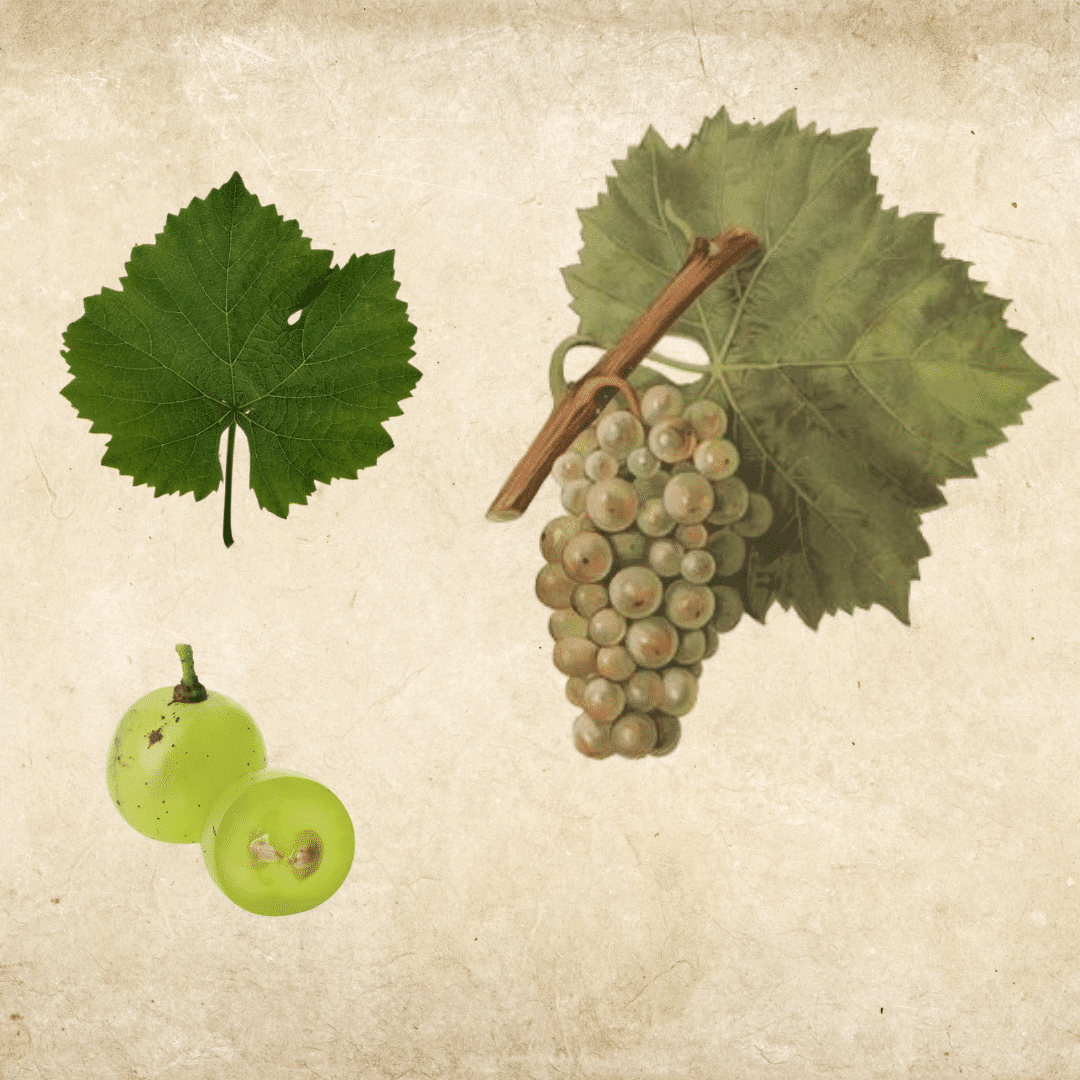
PINOT GRIS
[Rare grape variety of Champagne]
[3,073 ha cultivated in France]
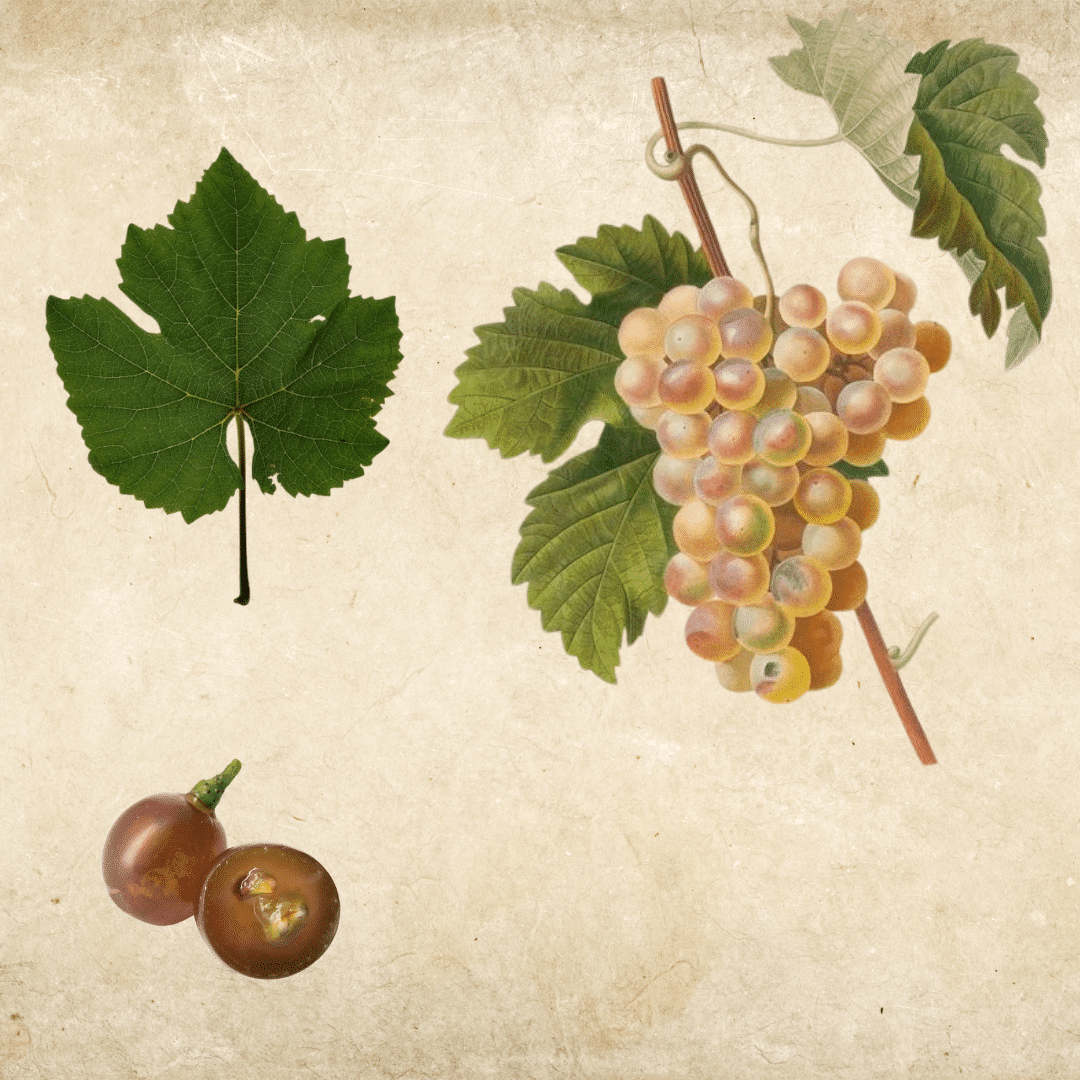
This white grape is the least used of the seven grape varieties allowed in Champagne. It is rarely planted in the region, although in rare cases it can contribute to the blending of Champagne wines by bringing richness and texture.
In the European Union, Pinot Gris officially bears other names, such as «Pinot grigio» in Italy.
Pinot Gris is a rather vigorous grape variety, but not very productive. It is well adapted to northern areas, with fairly deep limestone soils, relatively dry and well exposed. It is not very sensitive to winter cold and its fruit delivery is good after spring frost.
Pinot Gris produces wines of great finesse, very powerful, full-bodied and aromatic. The potential for sugar accumulation is high in this grape for low to medium acidity.
ARBANE
[Rare grape variety of Champagne]
[6.7 ha cultivated in France]
A rare white grape in Champagne, it was once more commonly grown. It brings acidity and liveliness to the blends, although it is less and less used nowadays.
Apparently native to Aube, Arbane is a vigorous grape with a long vegetative cycle, early bud break and rather late maturity.
In the northern region, this grape must be reserved for the best exposed terroirs.
The yields of Arbane are very limited; the dry white wines that come from it are nervous, bouquetés and of quality during hot years, when the grapes reach maturity. The sugar accumulation potential of this grape is high, while maintaining good acidity.
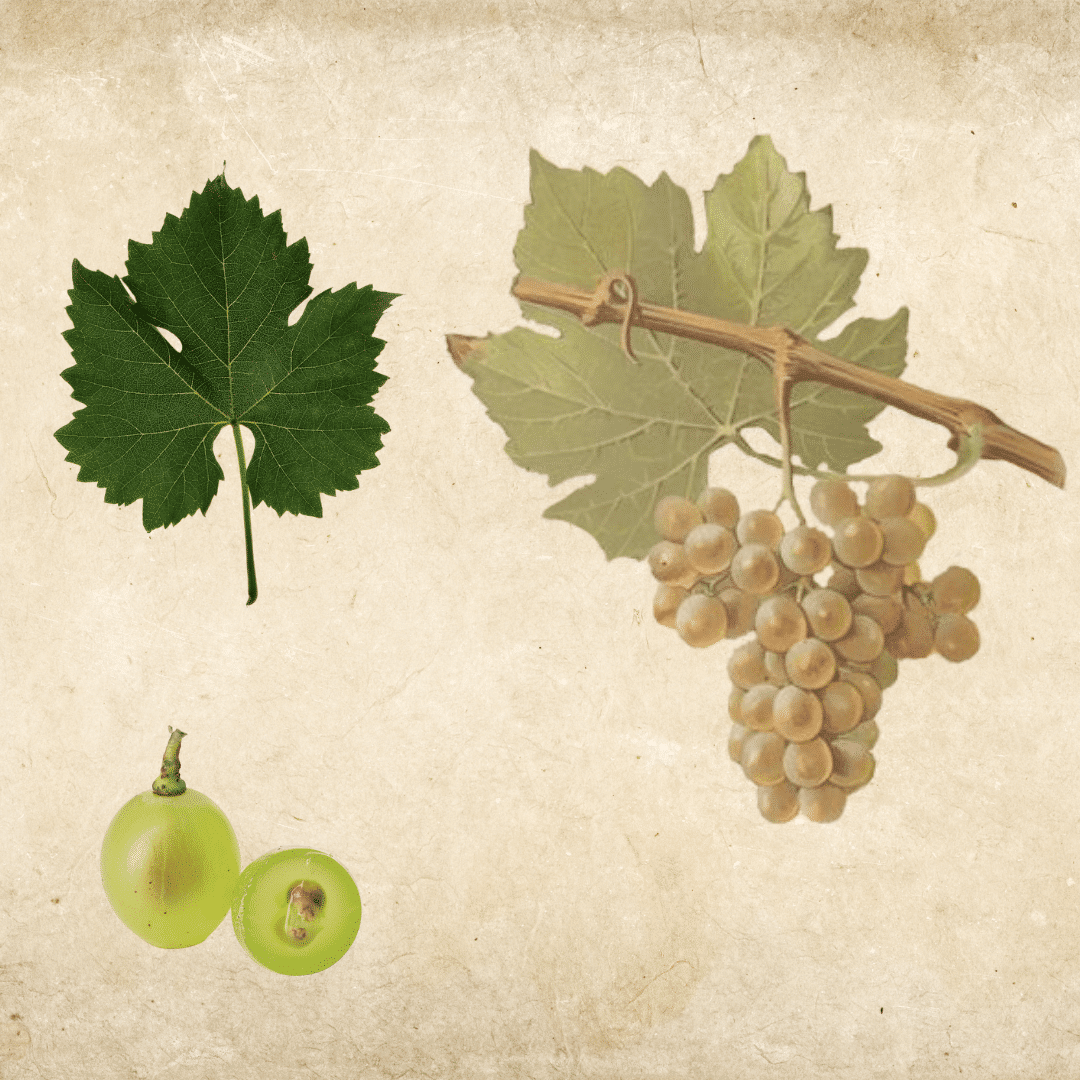
PETIT MESLIER
[Rare grape variety of Champagne]
[16 ha cultivated in France]

Another white grape variety rare in Champagne, it is also in decline. It brings freshness and complexity to the blends, but its cultivation is limited due to its disease sensitivity and low yields.
Petit Meslier is a grape of moderate vigour, with early bud break which exposes it to spring frosts.
Very sensitive to gray rot, it is also prone to millerandage and coulure. It is best to prune it long and plant it on favorable and well exposed terroirs.
Small clusters and berries have a good potential for sugar accumulation.
Its juice yield is low. It makes it possible to produce fine, lively wines with an interesting aromatic typicity.

